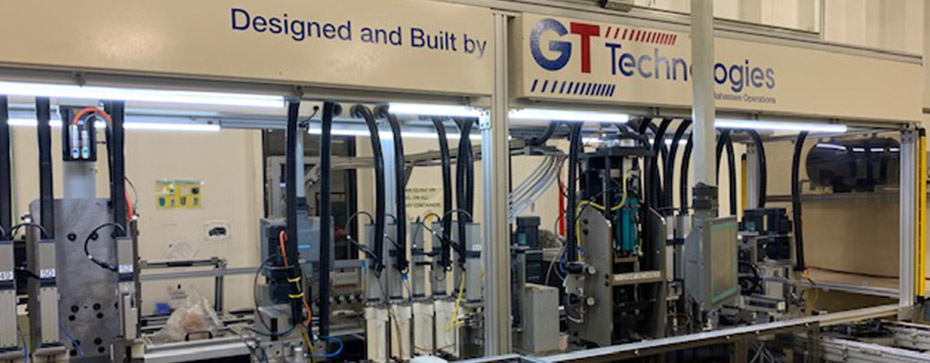
Engine Valve Failures
Engine valves are critical valvetrain pieces used in diesel and gas engines. Understand the common design features of an engine valve before troubleshooting common failures and their solutions. Update your automotive and non-automotive commercial equipment with a state-of-the-art replacement valve or valve repair service.
Understanding Engine Valves
Precision timing and manufacturing standards allow an engine valve to direct the air and fuel in a combustion chamber. Regulating the air/fuel mixture is a crucial step in keeping your engine functioning at all speeds and in all operating conditions.
Intake and Exhaust Valves
Both engine valve styles need to be manufactured and maintained at the pinnacle of precision engineering to allow an engine to operate efficiently. The basic components of both exhaust valve options are the same, but they work in different positions in an engine. An intake valve allows air and fuel to enter the combustion chamber, while the exhaust valve allows exhaust gasses to escape. Both valve types need to open and close quickly and effectively to alternate between creating a vacuum and allowing gases to move in and out of the chamber. Engines can have a single set of valves or as many as five sets within the same piece of equipment. A single valve defect can create inefficiencies or prevent your engine from operating, so it’s crucial to keep your valves maintained.
Purpose of an Engine Valve
Valves seal the combustion chamber of an engine before and after the air/fuel mixture enters the chamber. Once activated, a valve opens and allows air and fuel to pass through an engine port. This means that an engine valve must operate quickly and efficiently through all four strokes of a typical internal combustion engine. During the intake stroke, intake valves open to allow air to enter the chamber and mix with the fuel. Both intake and exhaust valves need to close during the compression stroke, which allows the air/fuel mixture to remain in the chamber as the piston moves. Either an ignition source or, in the case of a diesel engine, the air pressure creates the temperature to the point of combustion. This is the third stroke or the power stroke, and it creates the mechanical energy necessary to turn the crankshaft while both valves are closed. Finally, the exhaust valve opens during the final stroke to allow the exhaust gases to be released. Once this occurs, the exhaust valve closes and the intake valve opens to begin the four-stroke process all over again.
Materials Used
The various parts and uses of exhaust valves call for a range of performance features. Here are just a few common alloys used to create the tip, seat face, combustion face, and other valve components: * Low carbon steel * Stainless steel * Stellite alloy * Nickel alloy * Titanium
Correcting Common Failures
Valve failures can be corrected through maintenance or replacement services. The two most common valve issues are burnt and bent components. Work with a leading valve manufacturer and repair specialist to determine the best steps to take to restore your engine operation.
Burnt or Cracked Valves
Poor operating techniques or exhaust smoke could be caused by a burnt valve. Intense heat and/or low-grade valve materials can burn and crack the seat, preventing it from creating a proper seal. A burnt intake or exhaust valve prevents a vacuum from occurring and allows combustion gases to escape before the exhaust stroke.
Bent or Broken Valves
Similar performance signs can also point to a bent engine valve. Valves can bend or break completely after continued contact with a piston. A bent valve can create extreme wear in the chamber, while a broken valve prevents efficient performance. Replace your engine valves immediately if they are bent or broken to avoid excessive engine damage.
